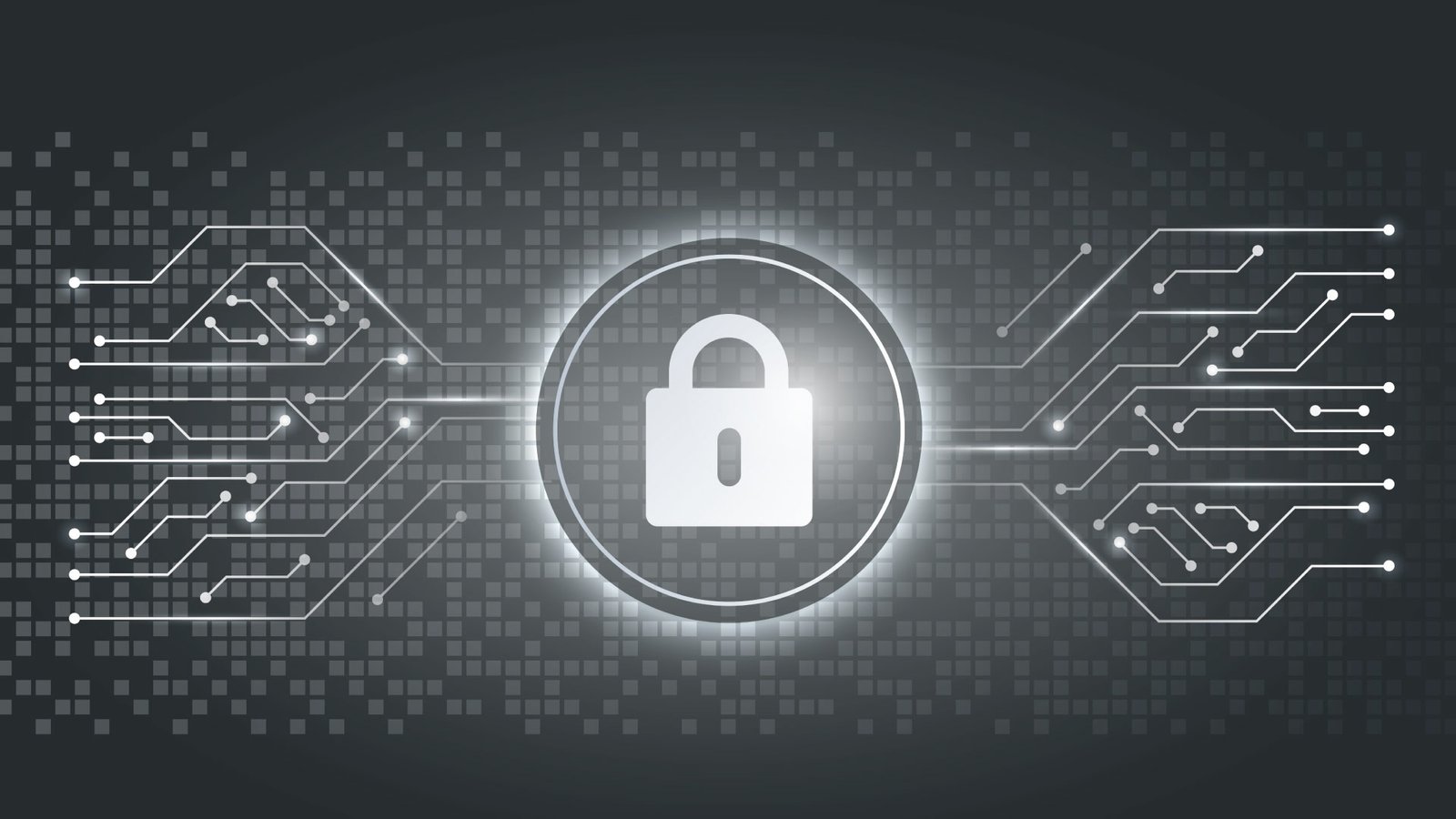Cybersecurity is a team effort; training, readiness, and cross-functional alignment now define enterprise defense.
The Chief Information Security Officer (CISO) was once a behind-the-scenes figure—focused on compliance, infrastructure, and incident response. Today, the CISO is at the forefront of business resilience and transformation.
As threats grow more sophisticated and the consequences more severe, the CISO’s role has shifted from technical guardian to strategic leader. With that evolution comes a new mandate — workforce readiness.
Cybersecurity is no longer just about firewalls and policies—it’s about people. AI is expanding the threat landscape, ransomware is crippling industries, and regulatory pressure is increasing. In this environment, developing and credentialing a capable security workforce is not optional—it has become essential.
The CISO Can’t Shoulder This Alone
From healthcare and finance to manufacturing and retail, cyberattacks are disrupting operations and eroding trust. In some sectors, they’re even endangering lives. Security is no longer an IT issue—it’s a business-wide concern.
Yet while the CISO’s responsibilities have grown, many organizations continue to overlook the most critical component of a strong security posture — skilled people. Without talent to support the CISO and embed security throughout the enterprise, resilience remains out of reach.
Training and Credentialing Are Front-Line Defense
Experiential learning and credentialing programs play a pivotal role. Digital apprenticeships and hands-on training simulate the real-world challenges CISOs face every day, preparing learners—from students to career changers—to meet them head-on. Building cyber-ready pipelines is essential for both filling open roles and future-proofing the organization.
Competency Over Compliance
Regulatory requirements continue to expand, from MFA mandates to continuous monitoring expectations. But compliance is just a baseline—it doesn’t guarantee protection.
True resilience comes from building a culture of competency. That means embedding security awareness across the organization, not just within IT. Certifications and experiential credentials provide a shared language and a measurable framework to build and maintain that culture.
Closing the Skills Gap Starts with Reimagining the Pipeline
The cybersecurity workforce gap remains significant—over 3 million roles globally. But the talent exists. What’s missing is access and opportunity.
Forward-looking organizations are already bridging the gap by partnering with community colleges, developing credentialing pathways, and supporting veteran transitions into cyber careers. These initiatives aren’t theoretical—they’re producing job-ready professionals aligned with real industry needs.
The CISO of Tomorrow Is a Workforce Architect
As digital transformation accelerates, tomorrow’s CISO must be more than a technologist. They must be a strategist, educator, and workforce architect.
The most resilient organizations are those that prioritize workforce development at the executive level—making security training enterprise-wide, investing in continuous upskilling, and empowering the CISO not just to defend infrastructure, but to build the teams capable of defending the future.
The threats will keep coming. The question is—will your people be ready?
Explore AITechPark for the latest advancements in AI, IOT, Cybersecurity, AITech News, and insightful updates from industry experts!

